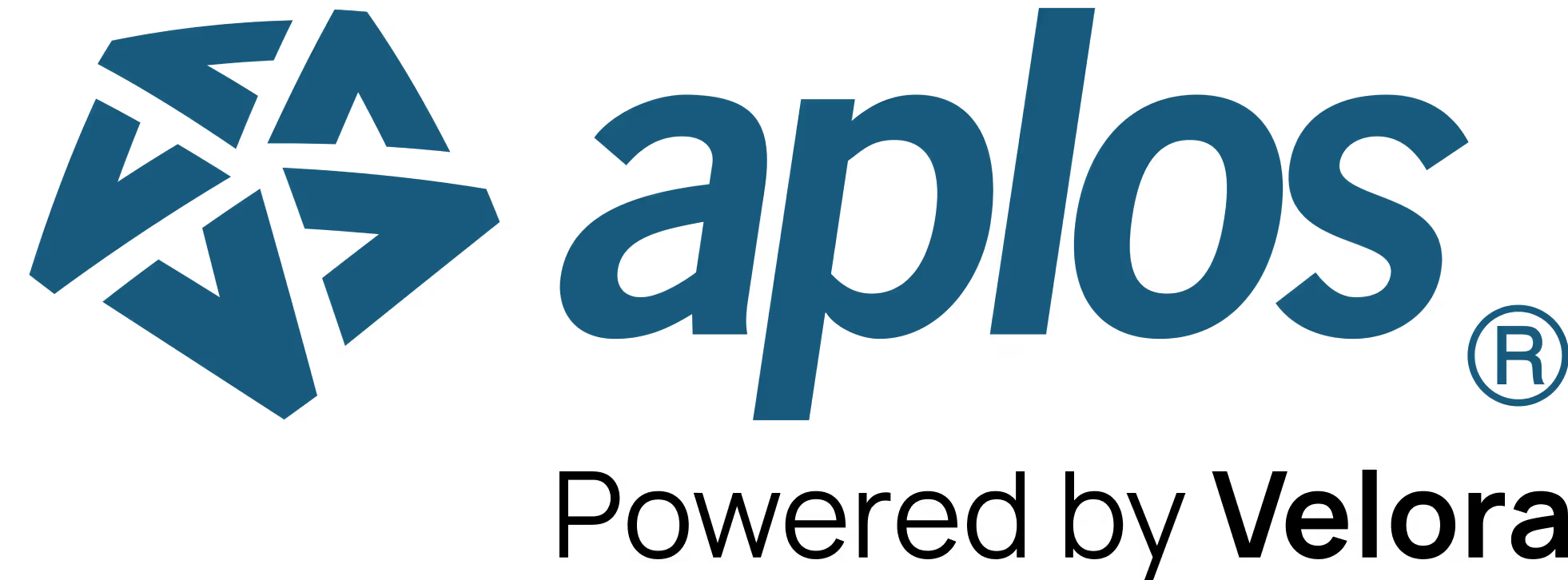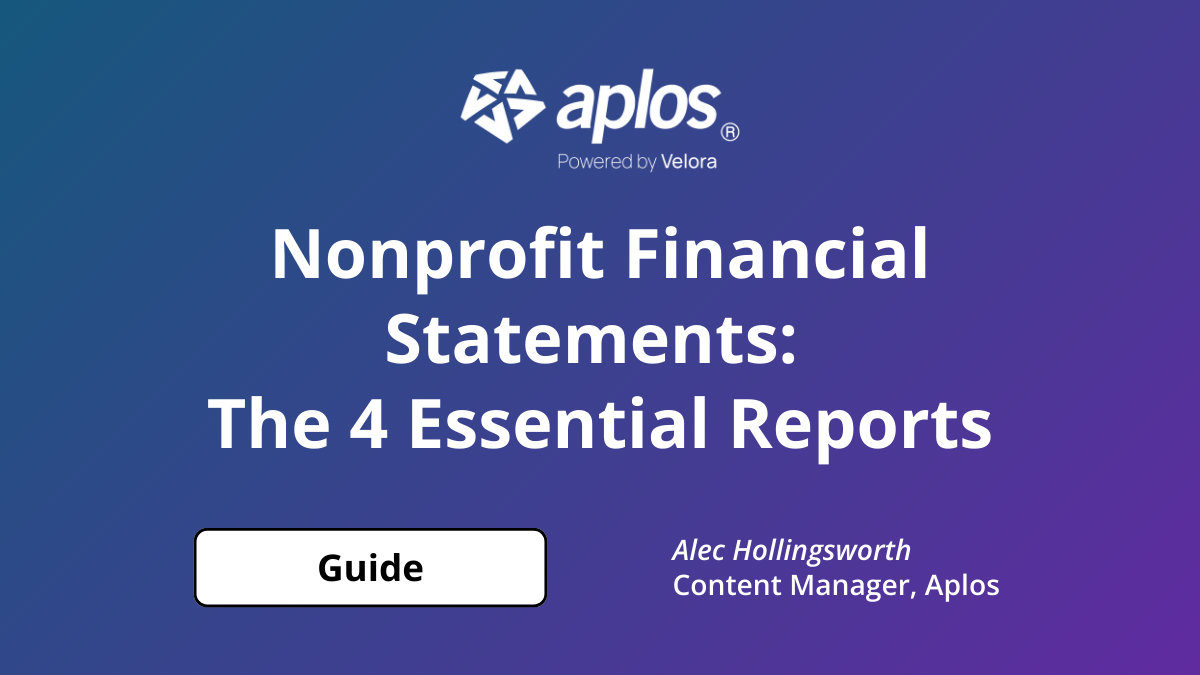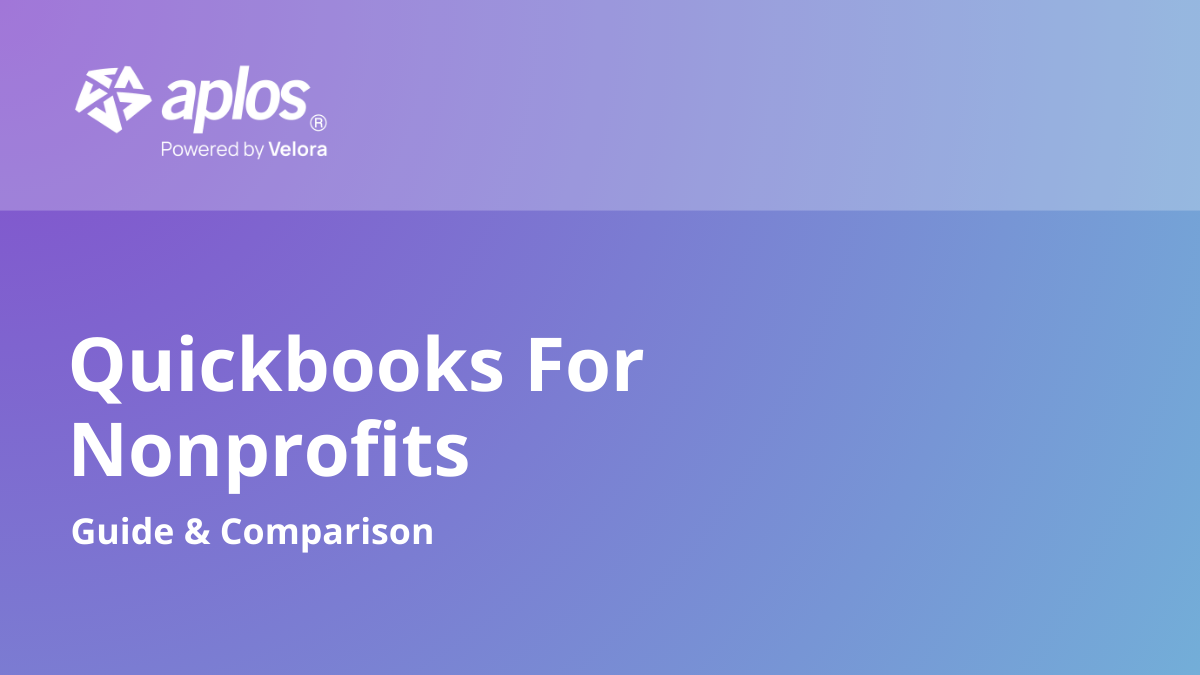
Fundraising for Nonprofits: 4 Tips for Data-Driven Fundraising

As a nonprofit fundraising officer, you know how hard it is to organize and execute a fundraising strategy. There are so many factors to consider, and oftentimes it can be difficult to know where to begin.
The solution is simple: start with your data. Your fundraising and donor data is your best asset as you approach a new fundraising campaign. Of course, compiling and analyzing your data is no easy feat. However, with the right tools, you will easily be able to manage your donor data and create the best strategy for your organization.
By simply paying attention to your donor data, you can learn a lot about your donors and figure out the most effective fundraising strategies for attracting their support. Fundraising data is not an aspect of your nonprofit’s strategy that you can overlook or ignore. Information and patterns from your data should be the driving force behind every decision you make in your fundraising campaign. This will ensure you are making plans that will maximize the revenue you can reap.
Creating a Data-Driven Strategy for Your Nonprofit Fundraising
As you manage your upcoming strategy, keep in mind that you should:
- Know what data you need.
- Keep your data organized.
- Be intentional with your asks.
- Personalize your donor engagements.
Your nonprofit has the potential to form meaningful, valuable relationships with donors that will lead to the creation of a loyal donor network. However, to accomplish this, you need to have a successful fundraising campaign.
Let’s dive in so you can learn how to create and execute a data-driven fundraising campaign and take your nonprofit’s fundraising to the next level.

1. Know What Data You Need for Your Nonprofit’s Fundraising
An effective fundraising strategy is created through an analysis of your donor data. In this case, you need to know two major factors that contribute to the success of your fundraising campaign: fundraising history and donor profile information.
Looking at these two important components of your nonprofit’s data will enable you to understand patterns and trends in your fundraising strategy as a whole, while also understanding the relationship between individual donors and your organization.
Your fundraising history data should illuminate the success of your previous campaigns. As you compile your data, consider asking these questions:
- Did your donors respond better to email or direct mail?
- What percentage of your donations comes from an online donation tool?
- When are your donors more likely to donate?
- Who is donating to your organization?
Answering these questions will give you a general idea of what tactics are most effective in your fundraising campaign and how to adjust your future plans and expectations. However, to understand the trends in your fundraising data, you must understand the actions of your individual donors as well.
The amount of data you could compile on your donors is quite large. You may even feel increasingly stressed imagining a mountain of data threatening to bury you. But don’t worry. Just be strategic as you consider which data points you need and would most benefit from tracking.
Every data point you compile should:
- Help you understand the donor
- Demonstrate the donor’s capacity to give charitably
- Signal the donor’s affinity toward your organization
Donor Profiles
Each donor profile should be robustly built to provide all the basic information you need to keep track of your donors, including their name, age, location, university affiliation, and employer. The most important data, however, will reflect the donor’s giving ability and preferences.
Wealth screening is the most important resource that will help you gauge your donor’s capacity to give. You should look for the donor’s business affiliations, stock ownership, and real estate holdings to produce an approximate net worth for your donor.
But not everyone who has money is willing to donate it. So how do you know who to appeal to with your fundraising efforts?
Philanthropic indicators, such as past giving, personal investment in the cause your organization supports, and political giving history will give you a better idea of who you should appeal to during your fundraising campaign.
Your data should enable you to find the most successful way to organize your fundraising campaign. Plus, by knowing who is most likely to donate to your organization and how to assess an individual’s wealth and philanthropic indicators, you will be in a better position to conduct prospect research and grow your donor network.

2. Keep Your Data Organized
By now, you may be wondering how to keep all this data organized. After all, organization is crucial when conducting a data-driven fundraising campaign for your nonprofit. You may be imagining yourself sitting hunched over spreadsheets, chasing dollars, and trying to find the information you need. This is not how your data should be organized. At a certain point, the usefulness of spreadsheets wears thin, and they become more trouble than they are worth.
A donor management software will manage all of your donor data in real time and organize all the information you need to understand your donor engagements. You should be able to sort your data and arrange it based on any custom field you think is relevant to your research.
Important features include:
- Custom reporting and analysis
- Website integration for online giving and event registration
- Detailed donor profile capabilities
- Email marketing tools
- Social media marketing monitoring
Don’t forget to make sure your donor management software has an integration tool that will allow you to seamlessly conduct your wealth screening and prospect research with the data in your CRM.
You should never search for the data you need. Your organizational software should present the data in a manageable and easily understood way to streamline your fundraising campaign. Remember to clean your donor database to ensure the information is accurate and relevant to your current fundraising campaign.
With the right tools, you will be making informed decisions with your fundraising and donor data in no time.

3. Be Intentional With Your Asks
With the help of prospect research tools, like DonorSearch, you will be able to identify prospective new donors to appeal to with your nonprofit fundraising campaign. Equipped with the information these tools provide, you will be able to seek out the donors most likely to engage your cause and who are able to help you meet your fundraising goals.
Fundraising goals are meant to be ambitious. They are supposed to be slightly out of reach and require a real effort to successfully achieve them. And you can dream up some awesome fundraising ideas to help your nonprofit get there. However, make sure you are not setting yourself up for failure with an absurdly high fundraising goal. If you want to reach new heights with your fundraising goals and really boost your fundraising capacity, you should intentionally seek out individuals who would be capable and willing to provide the amount of funds you would need.
Finding Major Gift Donors
Seeking major gift donors is challenging. Not everyone is willing to donate a large sum of money to a nonprofit, and it can sometimes be difficult finding a capable person who also has some sort of investment in your cause, and could be a good candidate for your nonprofit’s fundraising efforts.
Keep in mind that a major gift can look different based on the size of the nonprofit soliciting it. To some nonprofits, a major gift is $1,000 and to others, a major gift is $10,000+. Based on your own fundraising capacity, you can determine what you consider a major gift that would have a significant impact on your operations.
Your asks for donations should be specific and intentional. Once you have identified an individual who you believe is likely to donate to your cause, you need to determine how much you can ask from them, which will help determine your fundraising approach. Without a thorough understanding of your donor and your nonprofit’s fundraising data, you will not be able to accurately gauge how you should appeal to that donor.

4. Personalize Your Donor Engagements
Don’t you love it when you receive a form letter in your inbox or your mailbox? Perhaps your name is misspelled. Maybe just a few blanks are filled in with semi-relevant information. Most likely, you crumple up that piece of paper or quickly hit delete on your computer because it seems like a waste of your time.
Every nonprofit has a unique mission and perspective on how to help their cause. Likewise, every donor has a different, personal motivation behind supporting your organization. So why would you approach each donor in the same exact way?
If you want to properly manage your donors and engage in a meaningful relationship with your supporters, you should tailor each interaction to the specific donor. Here are some tips you may want to consider:
- Greeting them by name
- Thanking them for their previous donation and including specific information
- Appealing to them via their preferred method of communication
- Referencing their investment in your cause, if known (i.e. “We know you have a passion for this cause, and we can guarantee your money will…”)
For extra guidance for your letter writing, learn more at fundraisingletters.org.
Conclusion
Individuals will be more likely to donate to your organization if they feel valued as an individual donor. You should use the data you have gathered on them to effectively construct the best possible relationship with them to ensure they are loyal supporters of your nonprofit.
Don’t make blind decisions when you are forming the fundraising campaign for your nonprofit. You should rely on accurate and relevant data to drive your fundraising campaign to success. With the right tools and data at your fingertips, you will be able to raise more and increase your donor network with ease.
Free Recorded Webinar: Virtual Fundraising Tactics
Virtual events are less expensive to produce than in-person events, so you don’t need to budget as much for them. You can remove many barriers that allow more people to get involved with your cause. You can create access for people to participate from anywhere. They are an excellent way to tell stories about what your nonprofit is doing and build a community around your mission. Creating a larger online presence can foster more awareness about your organization, which can lead to you meeting or even exceeding your revenue goals. Not only that, but trends suggest virtual fundraisers could be standard moving forward.
During this webinar, you will learn:
- The keys to virtual fundraising
- Pros and cons of virtual fundraisers
- How to use the right tools and technology for successful events

Our comprehensive closeout services start at $399 per month that needs to be reconciled. Sign up before Jan 1st and pay just $199.50 per month!
Copyright © 2025 Aplos Software, LLC. All rights reserved.
Aplos partners with Stripe Payments Company for money transmission services and account services with funds held at Fifth Third Bank N.A., Member FDIC.
Copyright © 2024 Aplos Software, LLC. All rights reserved.
Aplos partners with Stripe Payments Company for money transmission services and account services with funds held at Fifth Third Bank N.A., Member FDIC.



.png)



